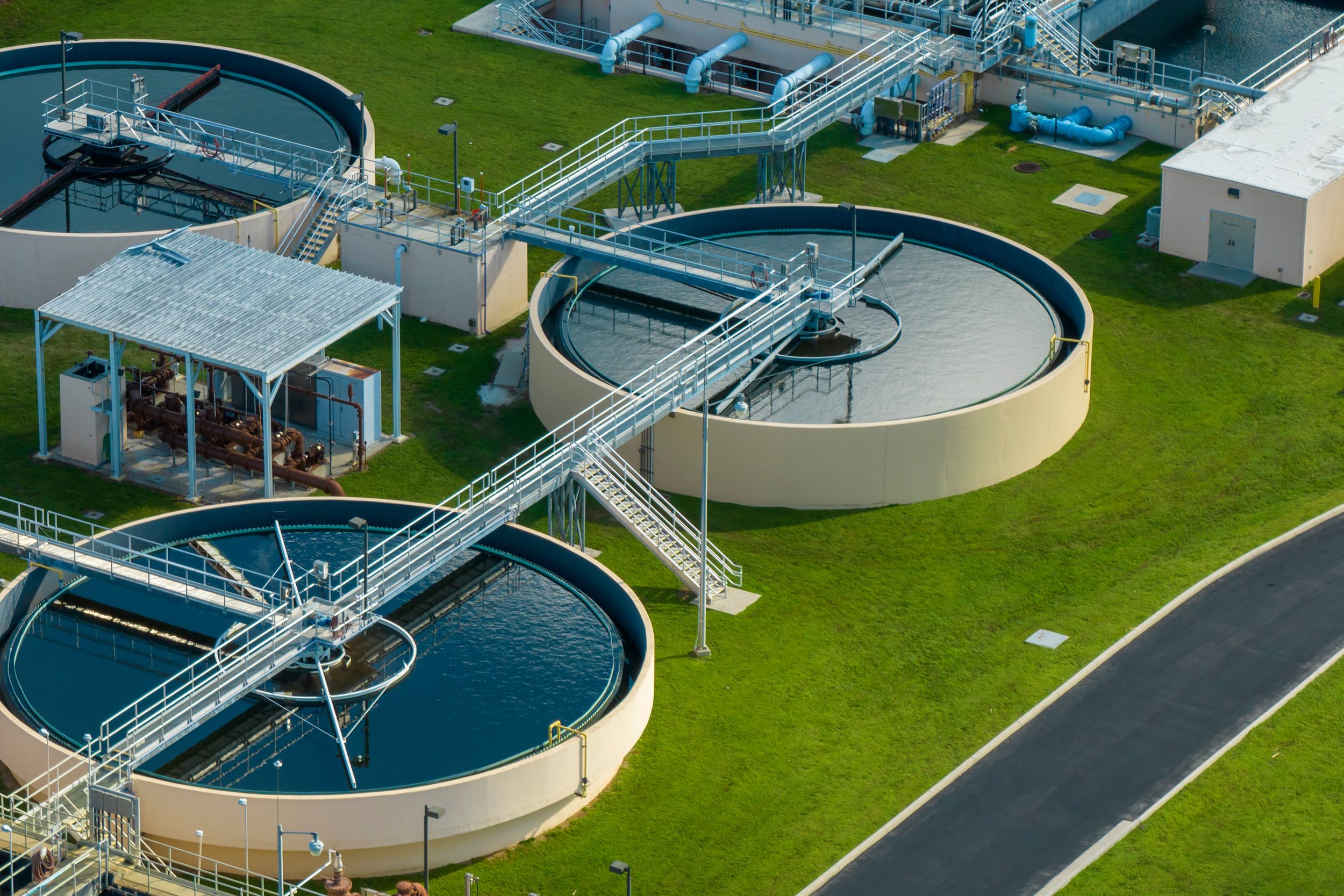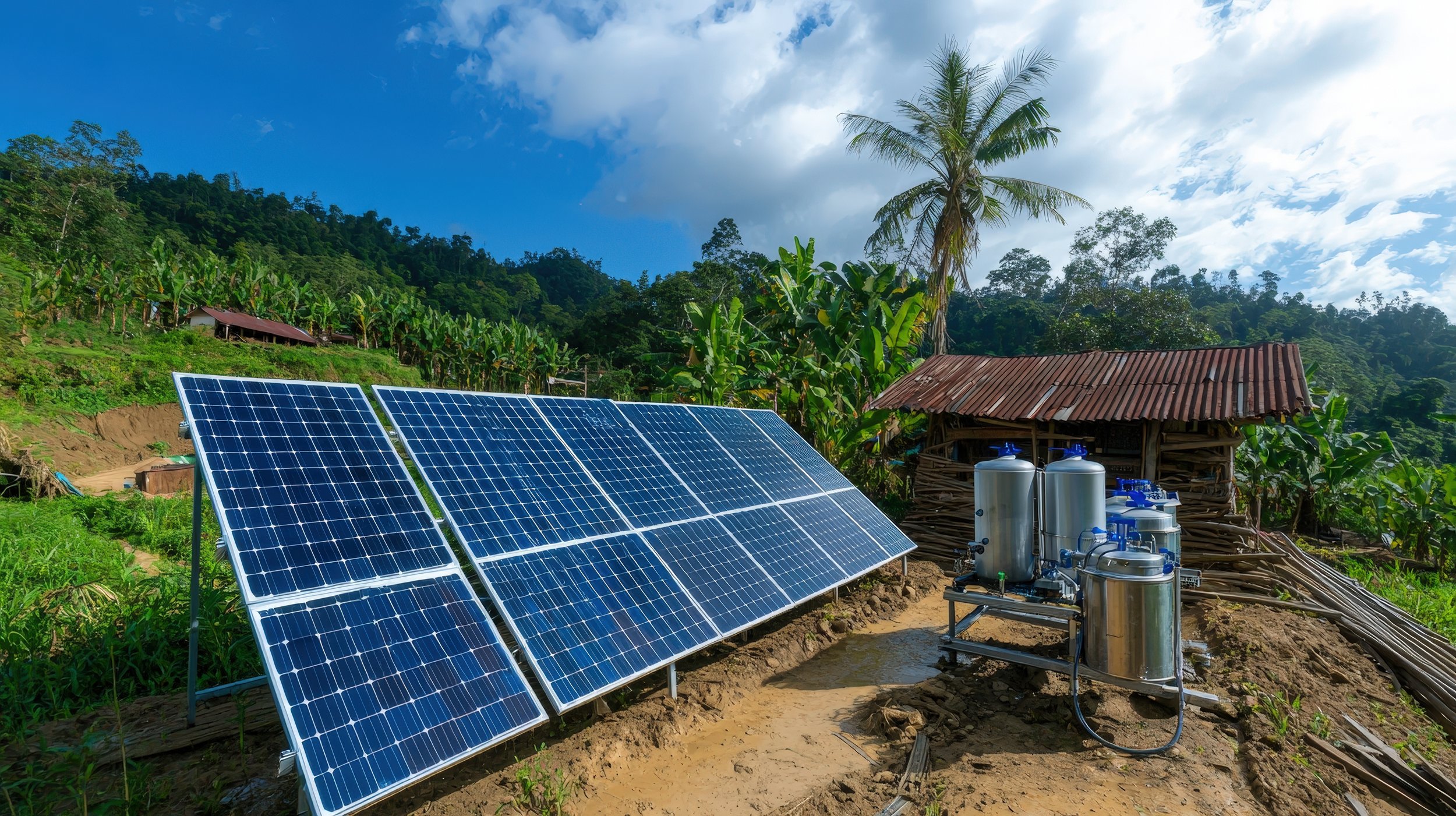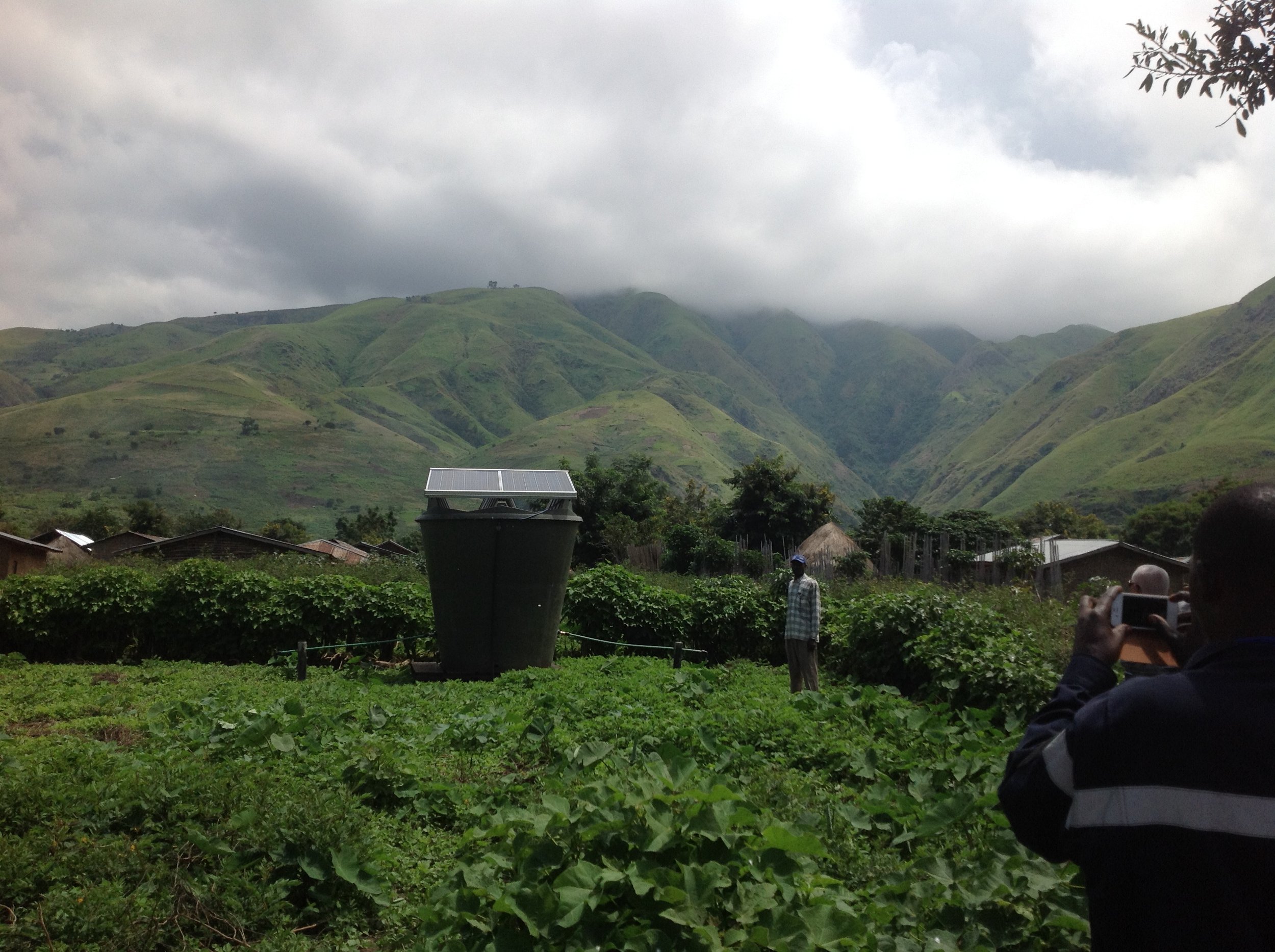The Future of Water Purification
According to United Nations Water, 2.3 billion people live in water-stressed countries, with 733 million in high and critically water-stressed areas. Even major cities like Los Angeles and Cape Town have faced water shortages in recent years, highlighting the urgency to rethink the future of water purification. Fortunately, advances in purification technology are making clean water more accessible, efficient, and sustainable.
A water purification plant uses advanced techniques to remove pollutants and provide clean water to the population.
Traditional water purification methods
To understand where we are headed, it’s essential to know how water has traditionally been purified. Water treatment methods typically fall into three categories: physical, biological, and chemical.
Physical treatment: Methods like sedimentation, filtration, or dissolved air flotation separate clean water from contaminants.
Biological treatment: Like composting, microorganisms break down pollutants.
Chemical treatment: This involves using chemicals for disinfection or removing contaminants, often combined with physical or biological processes. Examples include water purification tablets, pre-chlorination, aeration, or disinfection.
While effective, these methods can be costly and impractical for remote or low-income communities due to infrastructure and maintenance challenges.
Emerging trends in water purification
Recent technological advancements are transforming water treatment, combining traditional methods with cutting-edge innovations such as solar power, nanotechnology, and aquaporins. These advancements are making water purification more efficient, accessible, and sustainable.
Innovative Chelsea water mobile purification plants have been designed with mobility and ease of use in mind.
Solar technology
Using solar energy to deactivate harmful organisms in untreated water can be lower-cost and energy-efficient. A breakthrough discovery in recent years has come with understanding that black carbon-dipped paper with sunlight can speed up the water purification process. It's estimated that 10 to 20 litres of clean water can be produced daily using just black carbon-dipped paper and a solar still.
Nanotechnology
Nanomaterials filter water through advanced processes like nanofibre filters, Reverse Osmosis (RO), and carbon nanotubes. These technologies excel in removing heavy metals and pesticides from water, providing a highly effective, reusable, and selective filtration system.
Aquaporins or water channels
Inspired by nature, aquaporins are proteins that control water flow in all living cells. Mimicking this natural process, these proteins filter water with the precision of human kidneys, offering a breakthrough in biological water purification.
New frontiers in water purification
Water technology continues to push boundaries with new advancements that could redefine our approach to clean water access. A recent innovation developed by MIT researchers uses a silk-cellulose-based filtration material that effectively removes "forever chemicals" like PFAS and heavy metals from water. This material offers antimicrobial properties that help prevent fouling, a common issue in filtration membranes, making it a promising option for both point-of-use systems and potentially larger municipal systems in the future.
These innovations not only provide effective contaminant removal but also address sustainability concerns by using naturally occurring, food-grade materials that minimise the risk of introducing new contaminants into water supplies.
Solar technology offers a lower-cost and more energy-efficient method for water purification.
Breakthroughs in modular and energy-efficient systems
Modular water treatment systems are also making progress, particularly in regions where traditional infrastructure is either impractical or too costly.
Startups like Conexxion and 4Earth are developing compact, modular water treatment solutions that combine advanced oxidation, membrane filtration, and biological treatments. These systems are easy to transport and install, offering rapid deployment options in emergency situations or remote areas, ensuring that clean water is available where it’s needed most. The modular approach also facilitates efficient monitoring and control, allowing for reduced maintenance costs and optimised water treatment processes.
These innovations, along with rising venture capital interest in water-focused technologies and strategic partnerships to tackle urban water crises, show a growing recognition of the need for water cooperation to address the water-scarcity crisis.
With the global water technology market expanding, companies are increasingly prioritising scalable, efficient, and sustainable solutions to bridge the gap between water supply and demand, projected to widen by 40% by 2030, says the World Economic Forum.
Fit-for-purpose water purification innovation
Water purification must go beyond technology to consider the socioeconomic realities of regions that need it most – often areas facing economic challenges, remote locations, or political instability. Solutions must be affordable, compact, and easy to deploy and maintain.
At Chelsea Water, we design our purification systems to be rapidly deployable and mobile, providing reliable water supply in emergency zones, military camps, and other challenging environments.
Other recent advancements making waves in the water purification space include:
Black crocheted absorbers: Handmade from yarn with a hydrophilic coating, these innovative devices use solar energy to evaporate and purify water. They are cost-effective, efficient, and easy to produce, ideal for low-resource settings.
LifeStraw: Produce portable filtration devices that use hollow fibre membrane technology to remove bacteria, parasites, dirt, and microplastics from water. These devices are portable, don’t require external energy sources, and last for about a year – which makes them a solution for emergency water filtration.
HydroSafe: The Chelsea HydroSafe system produces up to 200,000 litres of clean, World Health Organization-standard water daily, using patented solar-powered ionisation and oxidation technology. It’s designed for sustainability, employing local teams for maintenance and supporting community growth.
Chelsea Water hydro safe systems ensures clean, safe drinking water in communities with limited access to fresh water.
The way forward: simplicity in water purification
As water purification technology evolves, simplicity remains key. Solutions must be easy to implement and maintain, cost-effective, and require minimal infrastructure. For the future of water purification to be genuinely sustainable, we need systems that are practical, adaptable, and scalable, ensuring clean water reaches every community in need.




